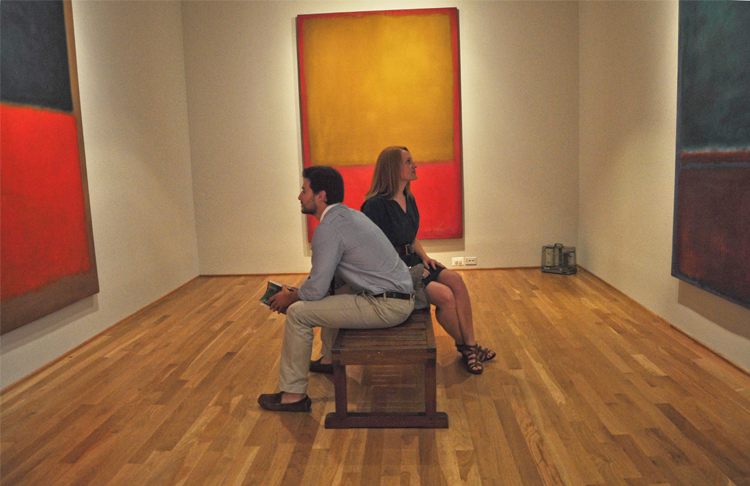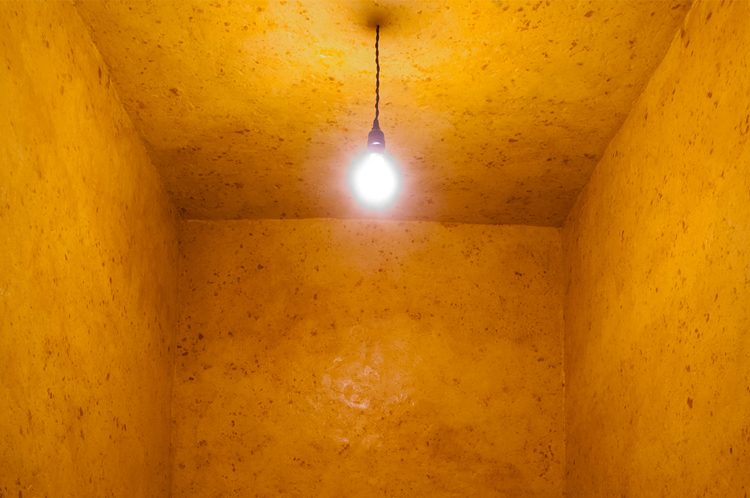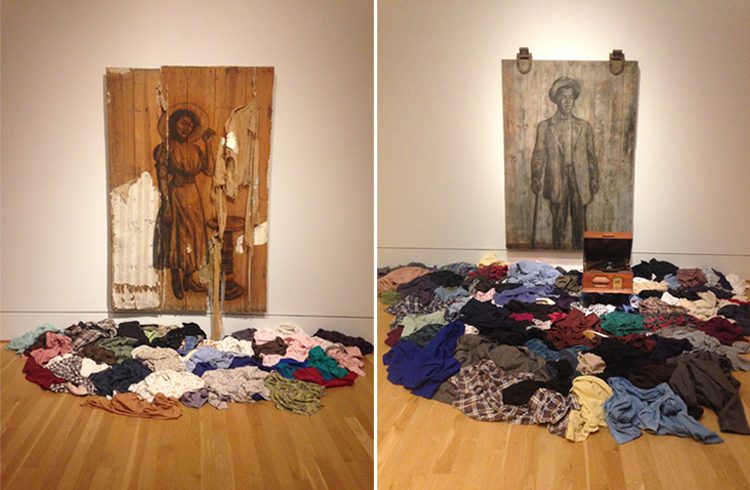The Phillips’s latest Intersections Contemporary Art Project, Richard Tuttle: It Looks Like It’s Going To Be, has opened on the second floor of the Phillips House galleries. In the extensive exhibition—his “most ambitious,” according to the artist—Tuttle has paired a 41-verse poem that he wrote with 41 artworks that he created for the installation. The exhibition also includes 16 works on paper that he selected from the permanent collection.

Richard Tuttle with his work Just in case You want to order (2018). Photo: Rhiannon Newman
The artist explains: “There’s this point where the artist—and that includes poets and choreographers or novelists—cuts themself off from their audience. The kind of work I do, it’s intense and it’s concentrated, I can actually become unmindful that this is about communication, this is about an audience connecting. But it’s also—a friend of mine, a very wise friend of mine, spoke in terms of the lecture form and said that, ‘If the lecturer does not make contact with the audience, it’s not a lecture.’ I think that’s the same in art where the artist loses contact with the audience. It’s a tightrope, it’s a walking an edge where if the audience is too much in the mind of the artist it becomes popularistic or loses strength. We’re talking about a sound bite situation and I very much—I fall in love with certain ideas and I turn those over in my head for brief periods of time.”

Richard Tuttle: It Seems Like It’s Going To Be installation view. Photo: Lee Stalsworth

Richard Tuttle: It Seems Like It’s Going To Be installation view. Photo: Lee Stalsworth



